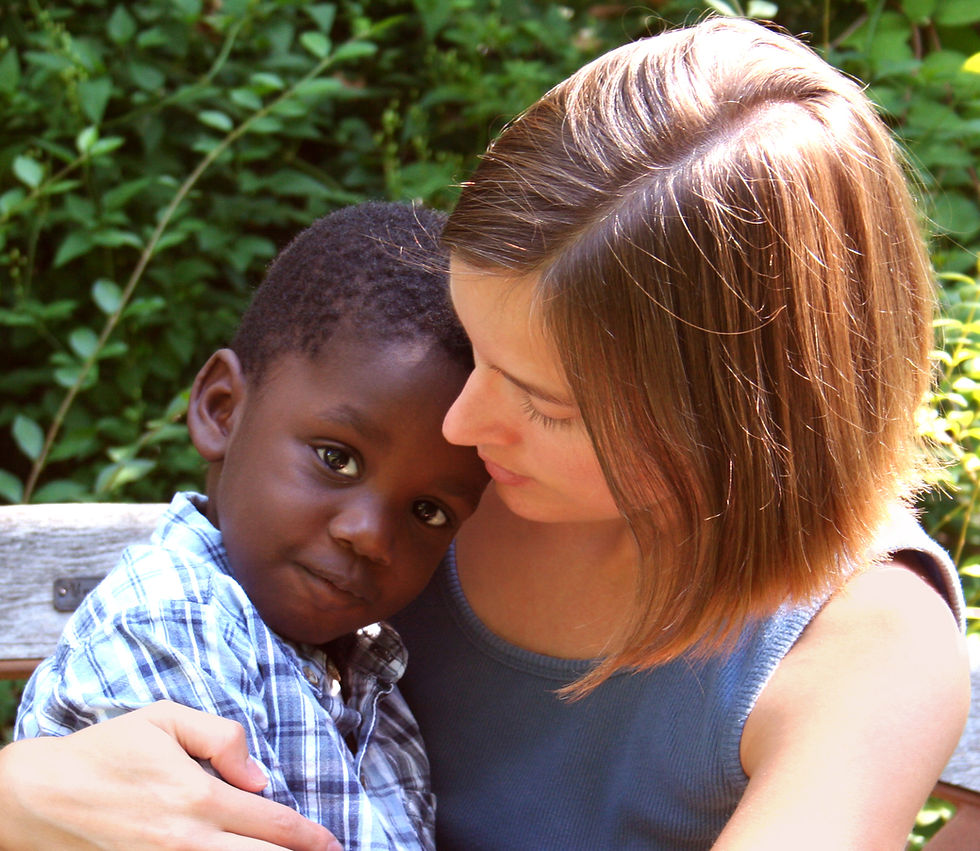BUILDING RESILIENCE IN OUR CHILDREN . . .
- Dr. Mark Andrews

- Mar 24
- 2 min read

Jamal is ten years old and has been in foster care since he was five. From ages five to nine, Jamal was in six different foster homes along with two extended admissions to residential treatment centers. During this period, Jamal received a plethora of diagnoses from doctors and psychologists who evaluated him. Diagnoses ranged from ADHD to ODD to Intermittent Explosive Disorder, even Bipolar. His experiences in foster care were marked by his extreme oppositional behavior, sometimes to the point of destruction of property and physical violence.
For the last 18 months, Jamal has been in foster care with Mr. & Mrs. Thomas. He is the only foster child in their home, although the Thomases’ have two biological children, a 17-year-old daughter and a 15-year-old son. As with prior placements, Jamal’s first six months with the Thomases was really rocky, as his oppositional and destructive behavior persisted. However, over the past year, Jamal’s troubling behaviors have slowly and gradually dissipated. A naturally bright and engaging child, the Thomases have been able to bring out the positive side of Jamal. Through their hard work and “stick-to-it-iveness” Jamal is becoming more resilient. How have the Thomases accomplished this, and how can any foster parent create resilience in children like Jamal, who have come from a background of trauma and negative transitions?
Quite simply, the Thomases have not given up on Jamal. Through their previous foster parent training and experience they have learned that the key to a child’s healing and increased resilience is “playing the long game”, realizing that for kids like Jamal, healing is a slow, baby-steps process.
The Thomases have surrounded themselves with a strong support system. In addition to their caseworker, their immediate and extended family members, church family and neighbors have embraced Jamal as one of their own, despite his negative behaviors.
The Thomases have provided stability and consistency in Jamal’s daily routine even when he strongly resists. With few exceptions, mealtimes, bedtimes, homework time and family times together are always the same.
Mr. & Mrs. Thomas have involved healthy mentors in Jamal’s life—a close male friend at church, Mr. Thomases father who acts as a grandparent figure to Jamal, and Jamal’s male soccer coach.
The Thomases encourage Jamal to appropriately express how he feels both in good and bad times.
Jamal is given age-appropriate responsibilities and chores and is always praised for a job well-done.
The Thomases have encouraged Jamal’s natural talent for drawing by framing some of his pictures, hanging them in his room as well as in their living room where others can see them.
Readers, please remember this if you are currently “in the trenches” with a difficult child: Jamal’s first nine years of life were largely marked by his survival resilience. His negative behaviors were evidence of this. Given, sometimes placement disruptions must happen. But, as with Jamal’s foster parents the Thomases, do all you can to keep up your hard and admirable work of building life-saving positive resilience in your child.





Comments